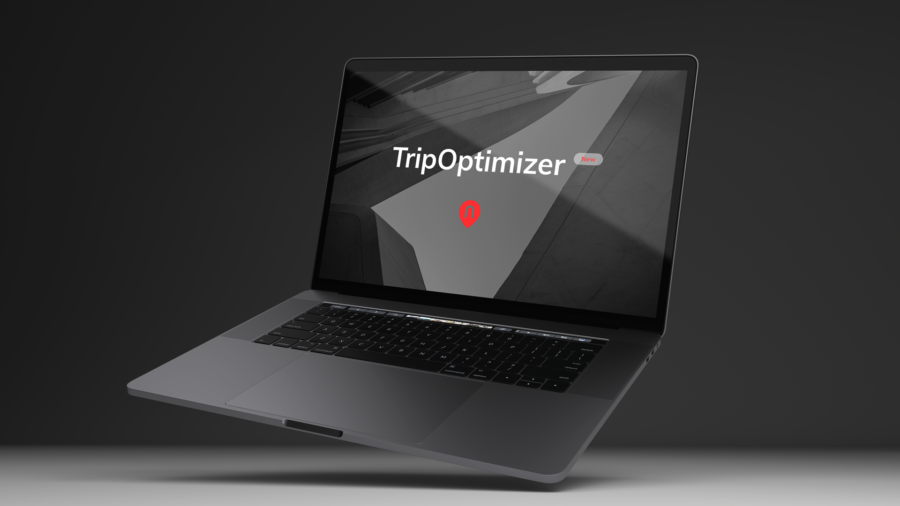
Virtual Interlining: The Technology Empowering Flight Searches
Based on AI algorithms and inspired by consumers’ demands, Virtual Interlining is nothing short of one of the most trending models to fix the flight routing landscape.
Virtual interlining’s proposal is to solve the gap between self-connected flights and interline-only itineraries. It combines the advantages of finding the best routes with the safety of booking complex multi-flight itineraries with travel professionals.
The technology is growing at a fast pace and becoming more relevant than ever. The need to find world connections without the constraints of airline agreements is providing the industry with new solutions. And by now, it seems it has found the perfect way to accomplish this with one single fare.
What is Virtual Interlining?
Virtual Interlining (VI) is a fastly developing technology allowing travel agents to provide travellers with previously unavailable flight itineraries. It consists of advanced and innovative algorithms that combine flights between carriers without codeshare agreements or interline relationships.
Until now, interline agreements were the key element providing single options to build flight connections. But Virtual Interlining is empowering the travel industry with the capacity to find better, cheaper and faster flights, all under one single fare.
This new way of searching for multi-flights is taking personalised itineraries to new levels by allowing users to search for better and cheaper options, especially in non-major destinations.
What is the difference between interline agreements and codeshare?
Even though interline relationships and codeshare agreements typically provide flight connections, there are crucial differences between the two models.
An interline flight consists of an agreement between airlines to coordinate every aspect of the passenger’s journey. This includes check-in processes and baggage claims at the last stop.
As for codeshare agreements, they simply mean that one airline can operate flights purchased from another airline.
Codeshares are particularly beneficial for airlines once they can provide customers with new destinations without the need to actually fly there. Thus increasing offers and the frequency of their services.
Virtual Interlining: Fixing a Broken Model
Seamless connections meant a lack of further disruptions and stress-free journeys until the final destination. But along the way, the typical interline model found its challenges.
The need to find cheaper flights and the booming of providers across the industry to attend to the consumers’ demands left a major gap in the traditional models presented.
Travellers became aware of the possibilities the industry offers and became more independent with searches and bookings. That left a huge part of the market outside of the interline agreement model.
But self-connecting also represented a calculated risk from the travellers’ perspective. Further disruption can be found even though passengers are saving money. But in order for it all to go according to plan, they are wasting time.
Virtual Interlining is the in-between model that is solving the problems around costs and customisation while guaranteeing safe journeys to end-consumers with the help of the right tools.

Advantages and Risks for Travellers
The first big advantage taken into consideration is that typical interline relationships or codeshare agreements limit the combinations between 2 or more destinations.
By providing a bigger scope of combinations and airline possibilities, Virtual Interlining is already making travellers save money and time building their flight routes.
Main advantages:
- Cheaper and shorter connection options
- Personalisable travel possibilities
- Better flights to non-major destinations
Risks:
- Can demand self check-in to all connecting flights
- Can demand baggage transfer along the journey
- Higher risk of travel friction along the way
Considering the added risk and possible challenges throughout the itinerary, it’s safe to say that Virtual Interlining per se does not solve all of the travellers’ issues around flight connection.
For this to happen, it is crucial to have a reliable setup while performing searches and bookings.
Virtual agreements generated by tools like TripOptimizer are a great way to get better, cheaper and more sustainable flights, but travellers should always be warned about the potential friction that can be found along the way.

How is TripOptimizer using Virtual Interlining?
Based on AI and optimisation algorithms, TripOptimizer allows travel professionals to search the best routes, thanks to its Virtual Interlining technology.
VI is the core behind TripOptimizer’s unique routing functionalities. It combines into one single route and final price a world of possibilities around round trips and multi-stop flights.
“TripOptimizer is the product we created after understanding our needs and problems as travellers. So we needed to discover a way to find the best flights and the technology that could give us just that.”, says Elias Musalem, Nezasa’s CSO and one of the minds behind TripOptimizer.
“We did a lot of research with travel agents, hundreds of calls to understand their pains. And one of the most pressing ones was to solve the interline and codeshare agreements’ limited offers”.
Limited offers, higher prices and longer connections, all searched almost manually by agents, were ineffective ways to create personalised flight itineraries.
Additionally, it was impossible to find virtual interlining connections within all of the agents’ preferred GDS systems. TripOptimizer stepped in by creating virtual agreements connected with GDS systems like Amadeus or Sabre and providing optimised routes from one booking.
“Now agents know they’ll always find the most optimal routes. We knew pricing and timing efficiency were the main concerns. Through Virtual Interlining, we’re solving that.”
“While combining airlines without agreements, we give travel agents the tools to sell more and better while freeing them from the challenges around disruption and travel friction,” added Elias Musalem.

